INSIDE INNOVATION
UNDERSTANDING TARGET SAMPLING DISTANCE AND FIELD OF VIEW IN SPACE CAMERAS
Understanding Target Sampling Distance and Field of View in Space Cameras
18th JUNE 2025
Jump to:

What Is Target Sampling Distance?
Target Sampling Distance (TSD), often used interchangeably with Ground Sampling Distance (GSD) in Earth observation, refers to the physical size of the area on the target surface that corresponds to a single pixel in the image. TSD is a function of the camera’s focal length, sensor resolution, and the distance to the target. In space applications, TSD determines the level of detail that can be resolved—smaller TSD values mean finer detail. The TSD can be calculated using the following formula:
Where,
- H = distance to the target (e.g., orbital altitude or proximity range)
- p = pixel pitch (sensor pixel size)
- f = focal length of the lens
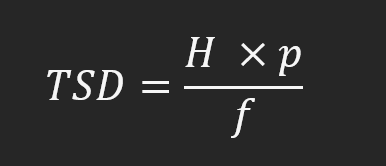
In addition to the theoretical TSD, more factors such as optical assembly resolution, focus distance, optical assembly aperture, and lighting conditions affect the actual level of detail that can be resolved by the camera image.
What Is Field of View?
Field of View (FoV) defines the angular extent of the observable scene captured by the camera. A wider FoV allows for greater situational awareness but typically comes at the cost of reduced spatial resolution (larger TSD). Conversely, a narrow FoV provides higher resolution but covers a smaller area. Additionally, narrow FoV cameras tend to be much larger compared to wider FoV cameras due to the longer focal length of the narrow FoV camera.
Once the TSD is known, the FoV as a length can be calculated using the following formula:
Where,
- FoVxl = FoV as a length in x direction
- FoVyl = FoV as a length in y direction
- NPx = Number of pixels in x direction
- NPy = Number of pixels in y direction
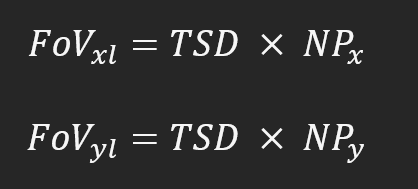
Then, the half cone FoV as an angle can be calculated using the following equations:
Where,
- FoVxa = Half cone FoV as an angle
- FoVya = Half cone FoV as an angle
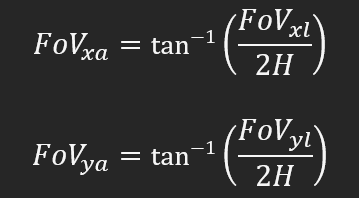
Application to Infinity Avionics’ Lynx4MP Camera Series
Infinity Avionics offers a modular camera platform, Lynx4MP, with interchangeable optics tailored to different mission needs. Lynx4MP camera comes with a 4MP image sensor (2048 x 2048 pixels) with 5.5um pixel pitch. As the image sensor is a square sensor, the FoVs in x and y direction are the same.
The following table summarizes the TSD and FoV values for some of Lynx4MP camera configurations considering a 30km target distance.
| Camera Model | Focal Length (mm) | TSD at 30km (m) | FoV as a length at 30km (m) | FoV as an angle (degrees) |
|---|---|---|---|---|
| Lynx4MP-10 | 10 | 16.50 | 33792.00 | 29.39 |
| Lynx4MP-50 | 50 | 3.30 | 6758.40 | 6.43 |
| Lynx4MP-70 | 70 | 2.36 | 4827.43 | 4.60 |
| Lynx4MP-550 | 550 | 0.30 | 614.40 | 0.59 |
Note: These values are calculated only considering the ideal equations presented above.
In emerging space operations focused on Rendezvous, Proximity Operations & Docking (RPOD), Non Earth Imaging (NEI) and in-orbit servicing, visual confirmation plays a pivotal role. Whether the object is hundreds of kilometres or a few meters away, choosing the right optical setup is mission critical.
The below simulated images show the TSD of Lynx4MP camera with different focal length options when the target object is 30km away applied to a Non-Earth Imaging application.
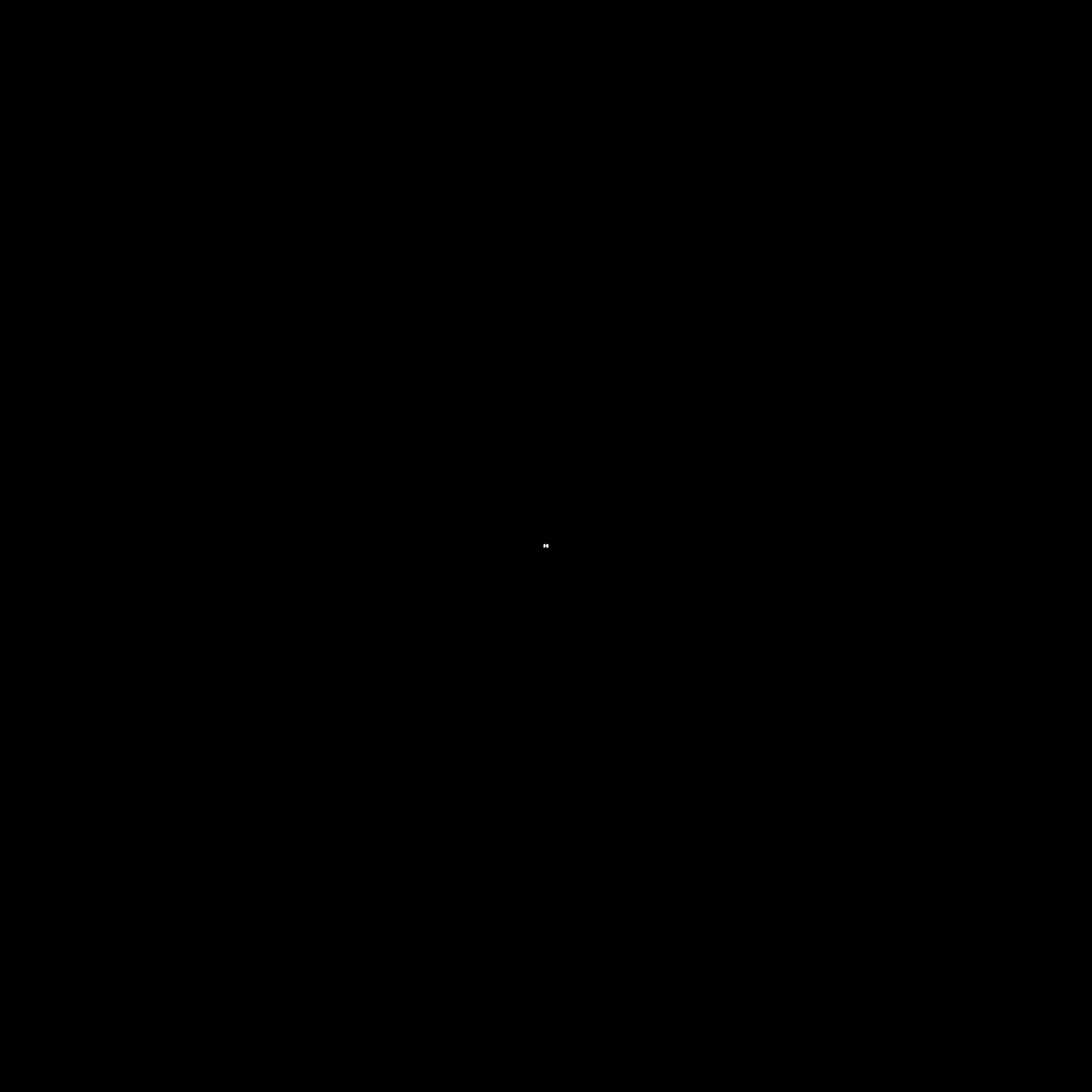
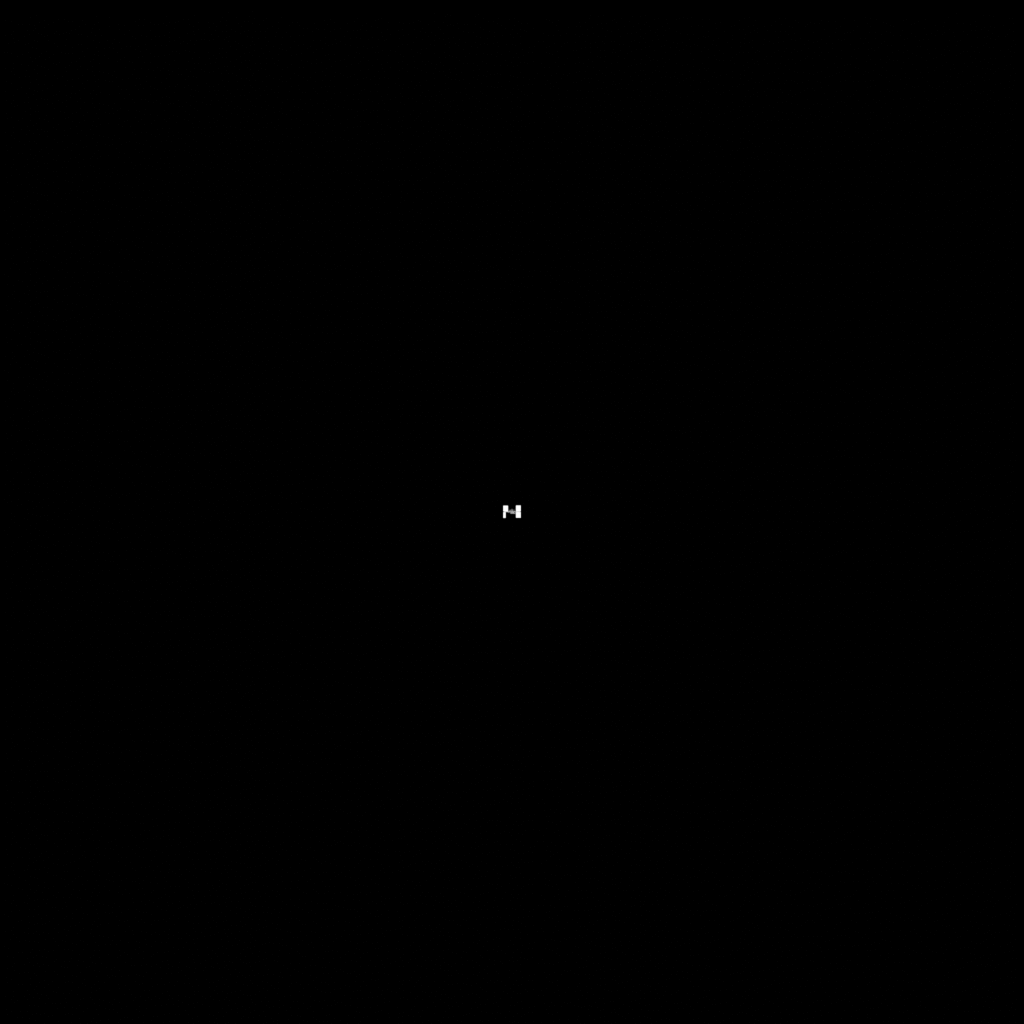

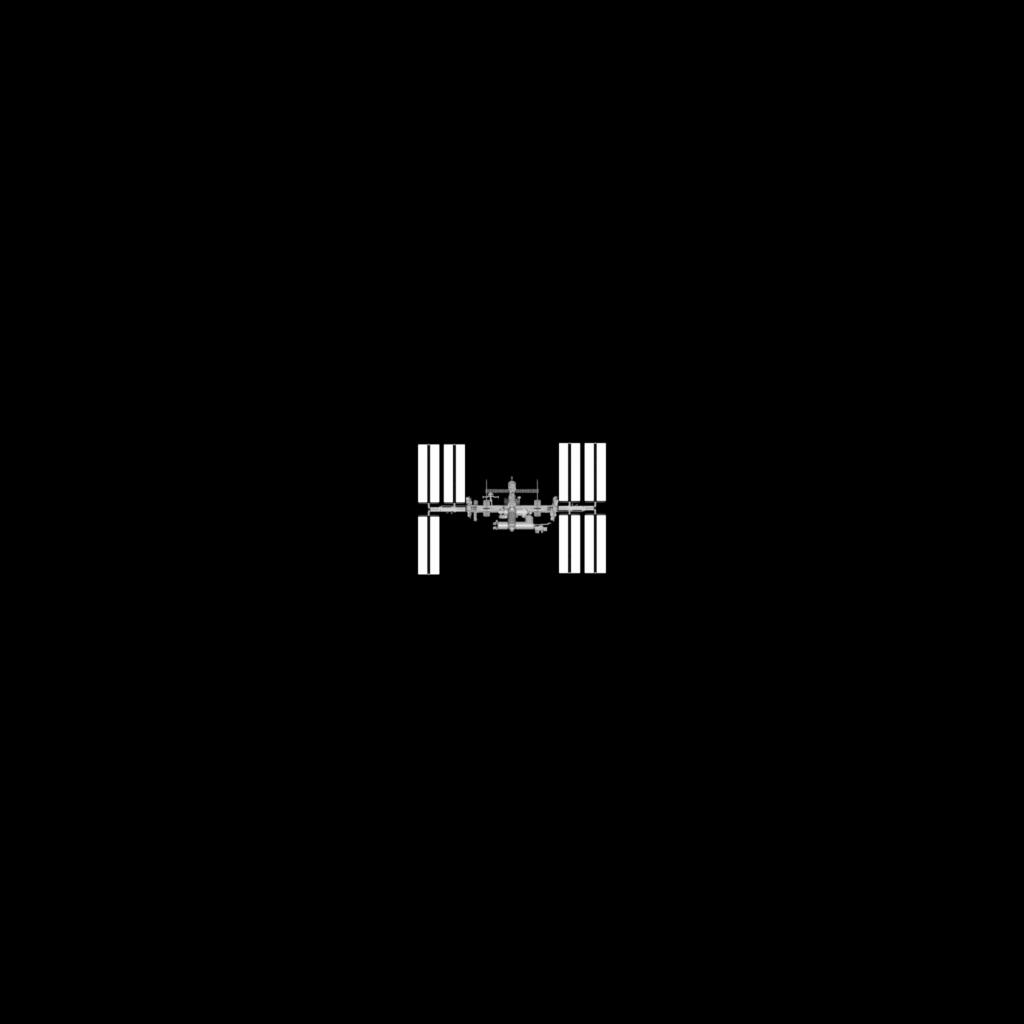
Below images illustrates how Lynx4MP with different focal length optical assemblies can assist applications such as RPOD when the target object is 1km away.

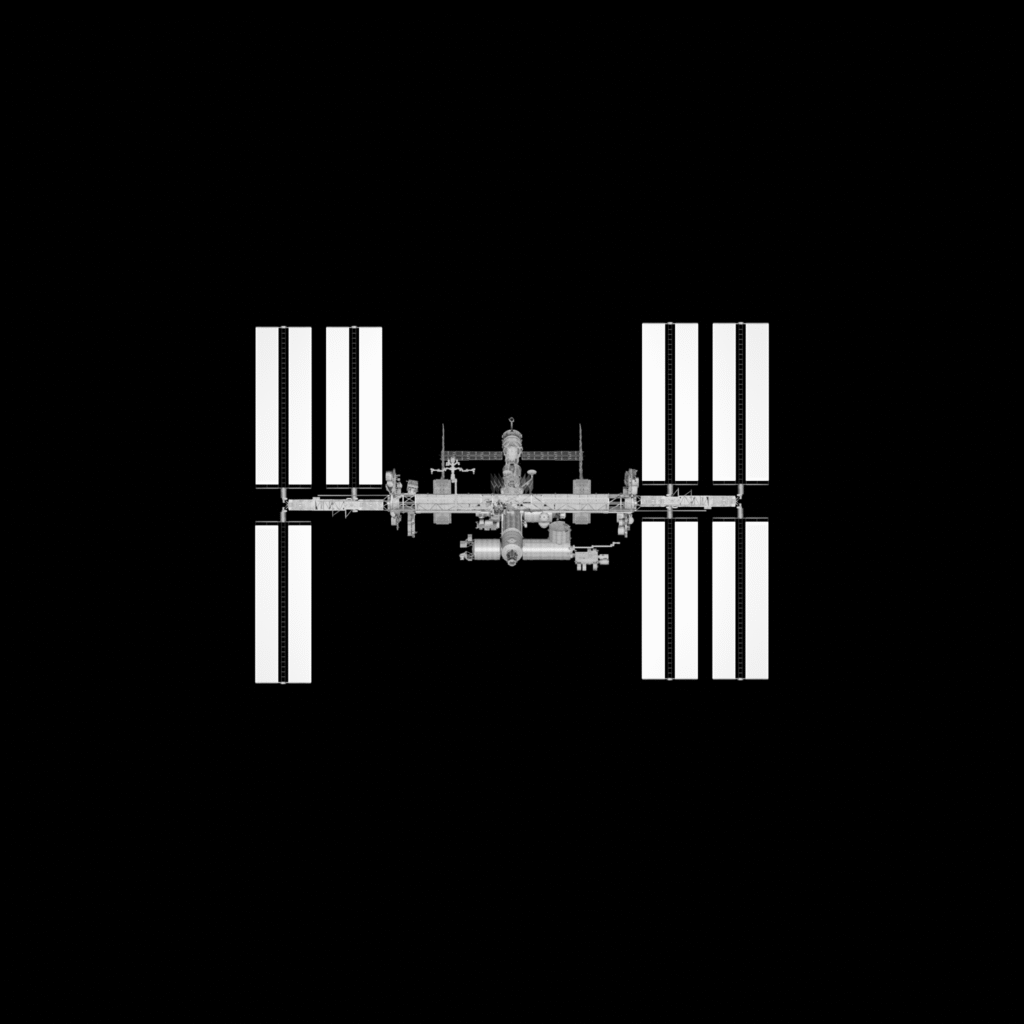
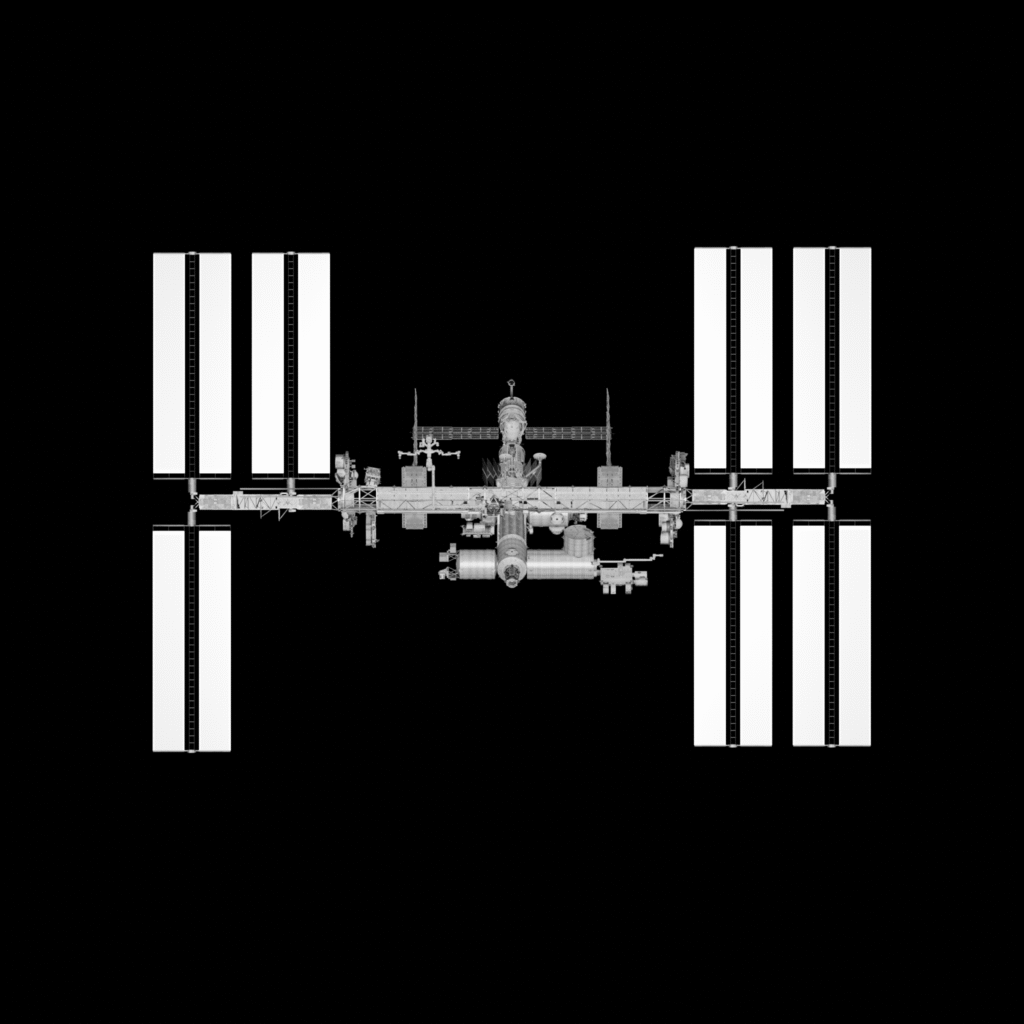
In engineering camera applications, it is vital to be able to capture a wider FoV as well as detailed images of a specific narrow area depending on the mission needs. Below images compares the performance of Lynx4MP camera with 10mm and 70mm focal length optics when the target object is a few meters away.
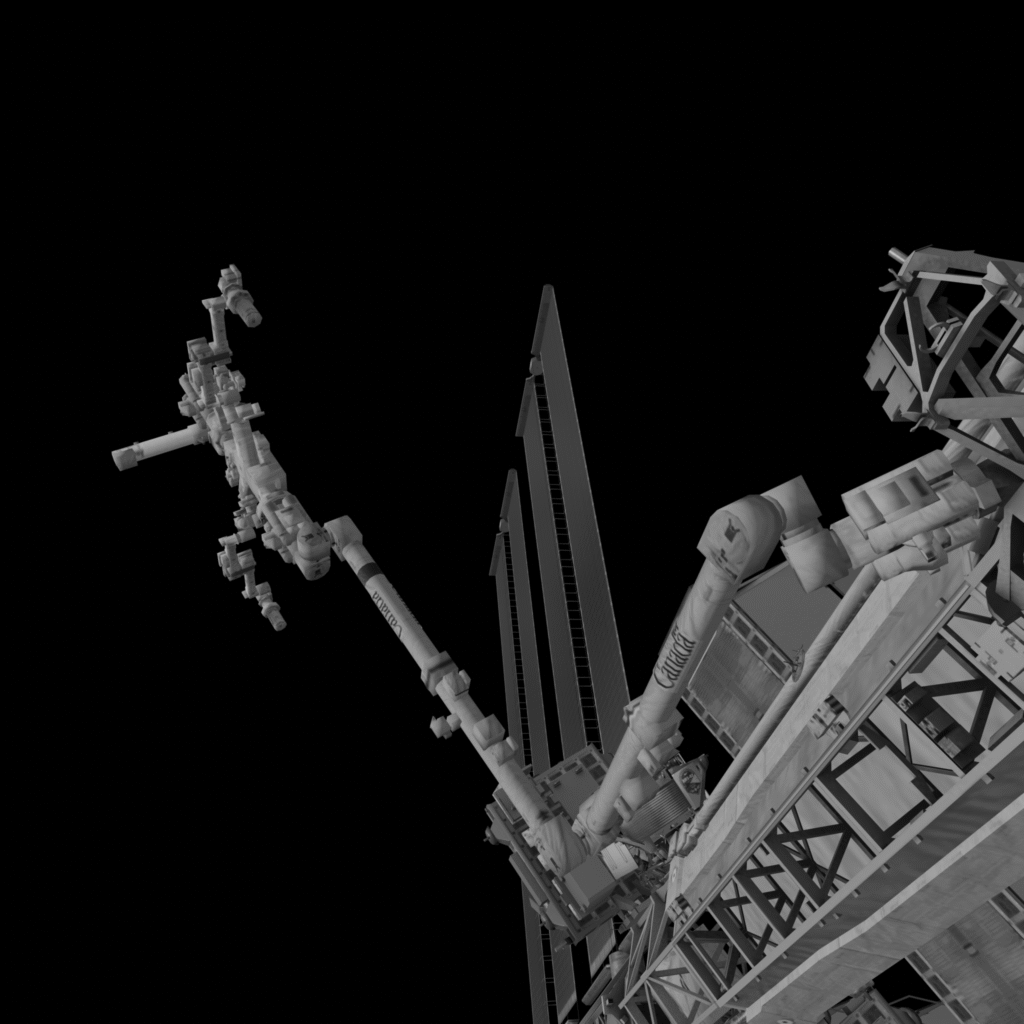
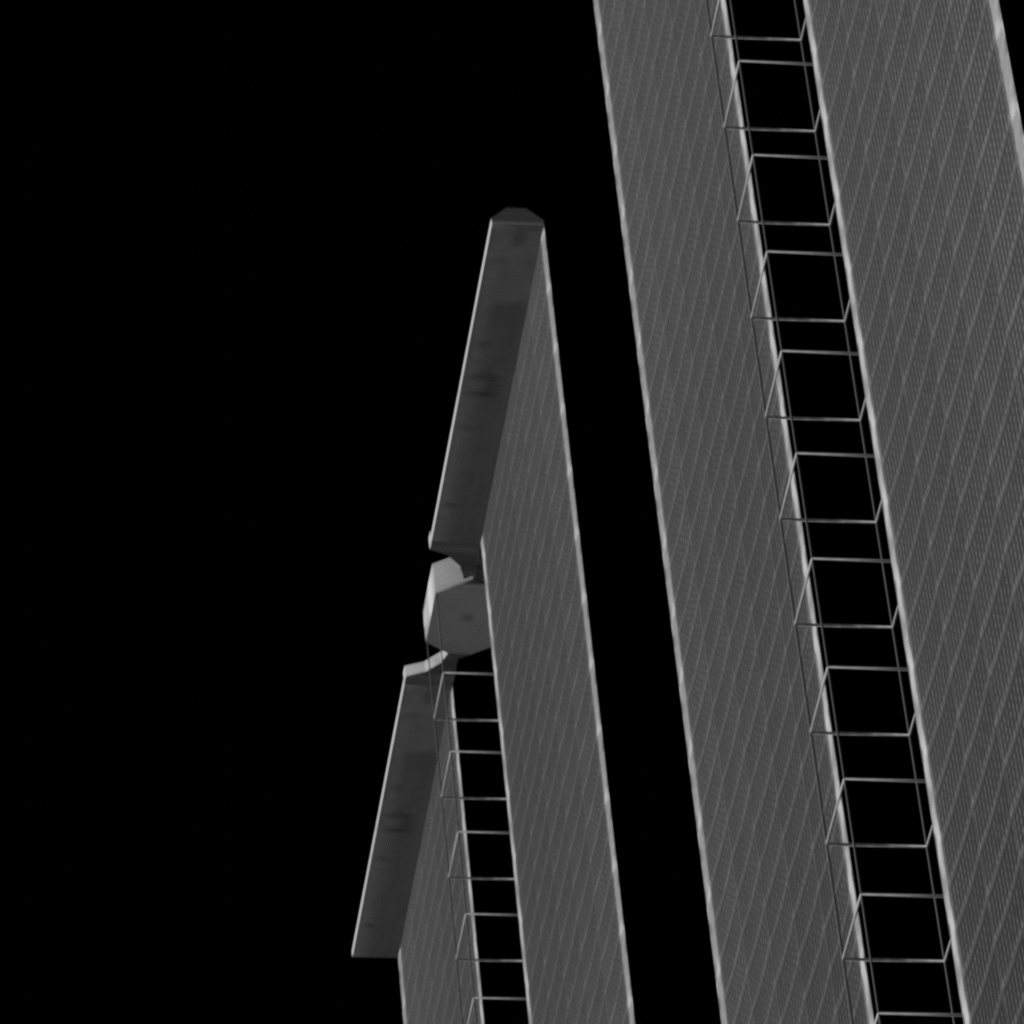
Choosing between these variants involves balancing coverage vs. detail:
- Lynx4MP-10 is ideal for missions requiring broad situational awareness, such as monitoring spacecraft deployments or robotic arm operations.
- Lynx4MP-50 and Lynx4MP-70 offer a middle ground, suitable for rendezvous, docking, or space debris removal applications where moderate resolution and manageable FoV are both critical.
- Lynx4MP-550 is suitable for missions demanding fine detail, such as inspecting distant objects or conducting Earth observation from orbit.
Conclusion
The ideal camera isn’t defined solely by resolution—but by optical geometry aligned with mission constraints. Infinity Avionics’ Lynx4MP series demonstrates this design philosophy: scalable, mission-adaptive imaging solutions for spacecraft ranging from CubeSats to exploration-class platforms.
Don't go flying blind...
Let us be your eyes in space!
Infinity Avionics Pty Ltd
Contact us
37 Constitution Avenue, Reid, ACT 2612
Monday – Friday 8.00am to 5.00pm
AEST Time Zone
info@infinityavionics.com
